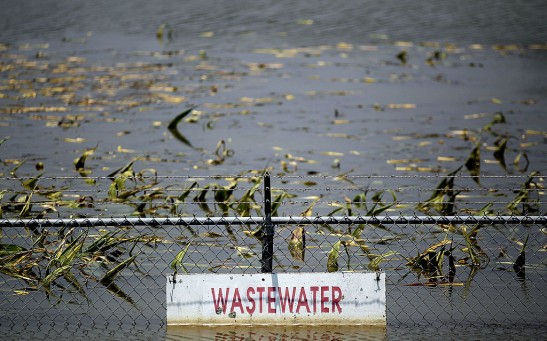plastic

Plastic Water Bottles Pose New Health Risk When Exposed to Sun: Are We Safe?

Amazon Replaces 95% Plastic Air Packaging With Recyclable Paper Filler in North America

Plastic-Eating Fungus Found by Scientists on Great Pacific Garbage Patch Feasting on Plastic Trash

Microplastics Detected in Men's Testicles in Significant Concentrations, Posing Risks to Fertility and Overall Health
Breaking Down the Plastic Problem: Plant-Based Polymers Offer Hope in Microplastic Battle
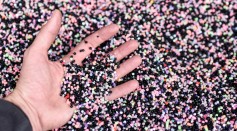
57,000 Pounds of Plastic Pellets Caused Environmental Crisis on Spain's Northern Coast After Shipping Container Spill
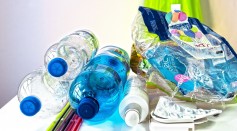
Plastic Chemicals Accounted For $249 Billion Health Care Costs in Just 2018, Study Reveals

Christmas Toys: How Can Parents Balance Childhood Joy With Environmental Responsibility in the Face of Consumer-Driven Desire and Plastic Waste?
French Firm Carbios Plans To Recycle 50,000 Tonnes of PET Waste by 2025
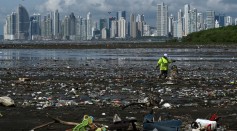
Satellite-Based AI Model Enhances Accuracy in Detecting Ocean Plastic Pollution for Targeted Cleanup Initiatives

Microplastics Discovered in Abundance in Long-Closed Missouri Cave System: How Did It Get There?
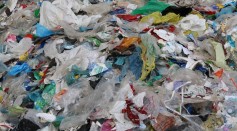
Unrecyclable Plastic Waste Transformed Into Useful Chemicals: A Critical Step Towards a Net-Zero Society
ECG Patch Made From Nanocellulose Developed by Scientists As Solution to Plastic Waste in Healthcare Industry
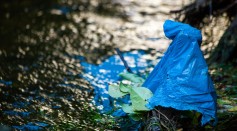
Plastic-Degrading Fungi and Bacteria Found in China That May Help Tackle Global Waste
Most Popular

AI Revolution in Medical Education: Transforming How Healthcare Professionals Learn

China’s Tiangong Space Station to Expand Its Capabilities With New Modules

Exploring Life Beyond Earth: Study Claims Other Planets Could Be Suitable for Alien Life

Nikolay Karpenko Biography, Photo, Career, Accomplishments

